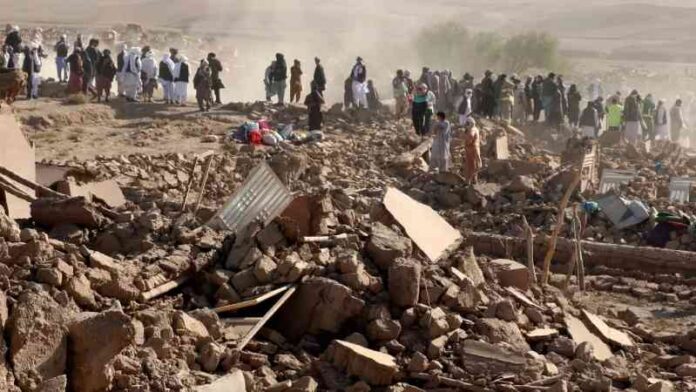Six days after the Herat earthquake, the death toll continues to rise. The United Nations agencies that are providing aid to the earthquake victims are among the few aid workers who have come to the earthquake affected areas and have requested more humanitarian aid to prevent more casualties.
Filippo Grandi, the United Nations High Commissioner for Refugees, called the situation in Herat fragile and pointed out the dire situation of women, destruction, hunger and the lack of facilities of the people of Herat. According to him, “Thousands of people lost their loved ones in this incident, in this situation it is necessary to receive more humanitarian aid.”
Philip Kruff, the World Food Program’s communications officer, also called the situation in Afghanistan “a disaster within a disaster” and added:
This agency cannot deliver food to all the victims due to lack of sufficient funds.
According to him, there are 50 million people who don’t even know where they will get their next meal, while the World Food Program can only feed 3 million of them.
He also said that following two recent earthquakes in Herat, most of the villages were completely destroyed and health centers were also destroyed.
On Saturday, Mehr 15, an earthquake with a magnitude of 6.3 shook Herat Province, Afghanistan. The main focus of this earthquake was Zindajan district. According to UN reports, 1250 people were killed and hundreds of others were injured in this earthquake. All the villages of this city have also been destroyed.
On Wednesday, another earthquake with the same magnitude of 6.3 shook Herat, the epicenter of this earthquake this time was Injil city. According to UN reports, 18,000 people were injured after these earthquakes.
This is while Afghan aid organizations are facing severe problems of lack of funds. After the withdrawal of American forces from Afghanistan and the fall of Kabul, most of the international community’s aid to this country was cut off, and American relief organizations also left Afghanistan.










